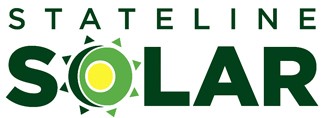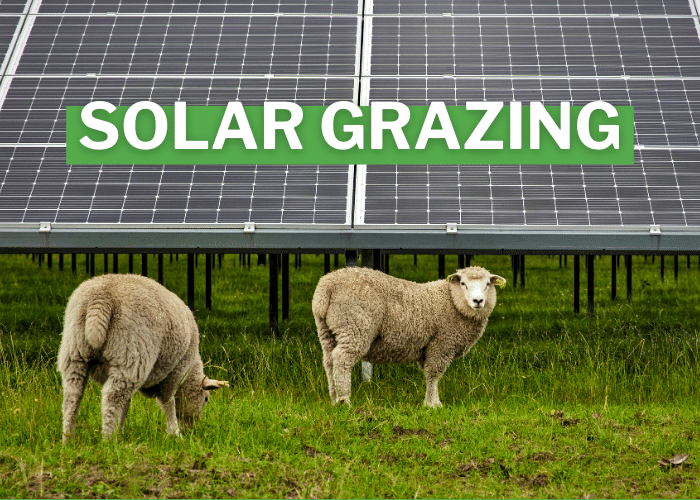When it comes to ground-mounted solar arrays, space is a big issue for farmers, business owners, and residential solar owners alike. Some property owners may be wary to dedicate a portion of their productive land to solar energy production. Powering their property on renewable energy is great… but how can the space be managed efficiently?
One simple solution is the practice of solar grazing.

Solar grazing is the practice of grazing livestock around ground-mounted solar arrays. Keeping the land around solar arrays tidy can be difficult and time consuming, especially on large-scale solar farms with rows of ground mounts. Solar grazing helps prevent vegetation from reaching heights that would become a shade risk for solar energy production.
Naturally, sheep are the best livestock suited for this job. They forage for vegetation and even enjoy napping in the shade of solar panels during hot days.
Similarly, the behavior of llamas and alpacas would fit well with solar grazing— however, they may cause shading to low lying panels.
For much smaller arrays (hobby farms or residential arrays), poultry and rabbits can be great options. Meanwhile, cows, pigs, horses, and goats may damage solar panels and their structures. Cattle like to rub against posts and damage the structural integrity, while goats can jump and climb on panels, causing cracking. For this reason, it’s best to fence off solar arrays from these grazers.

Stateline Solar customer solar array located near cattle pasture, Pecatonica, IL

